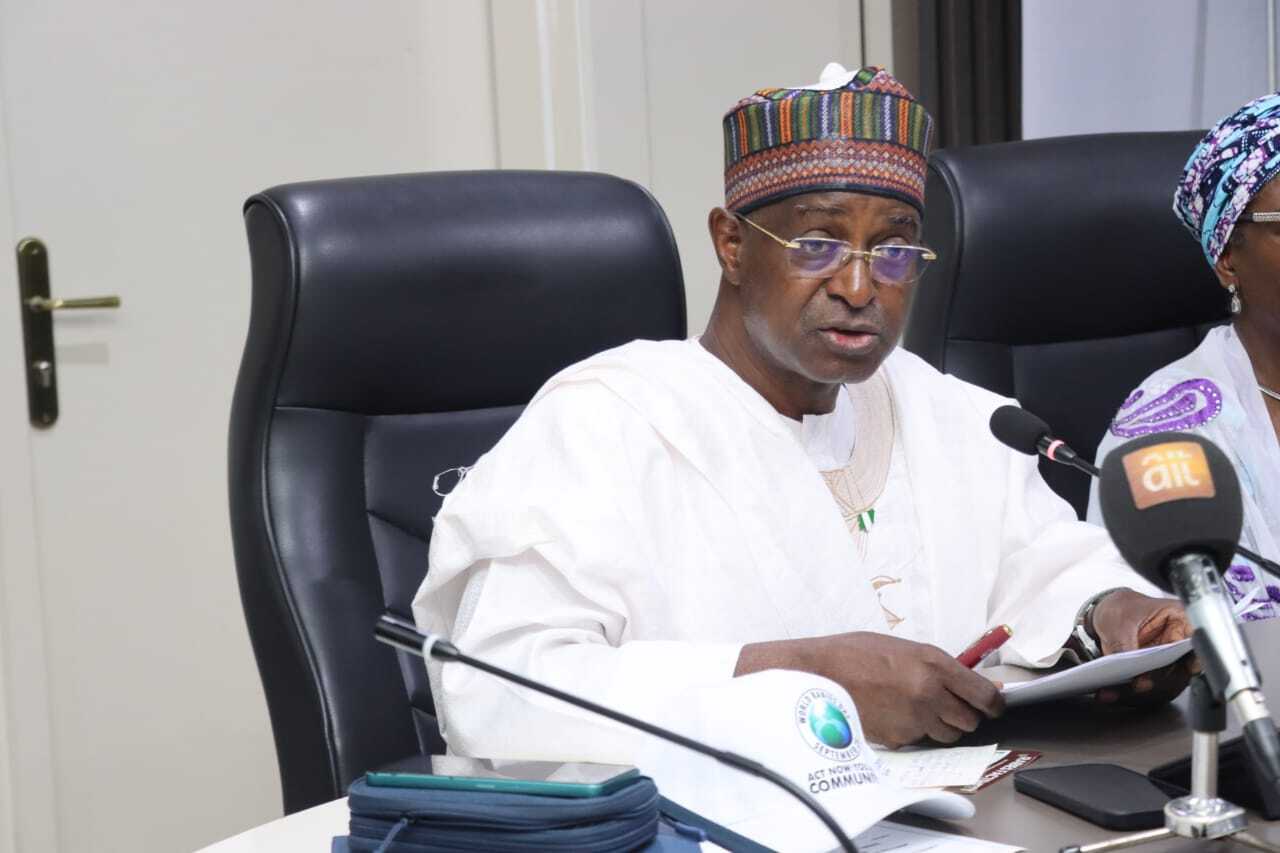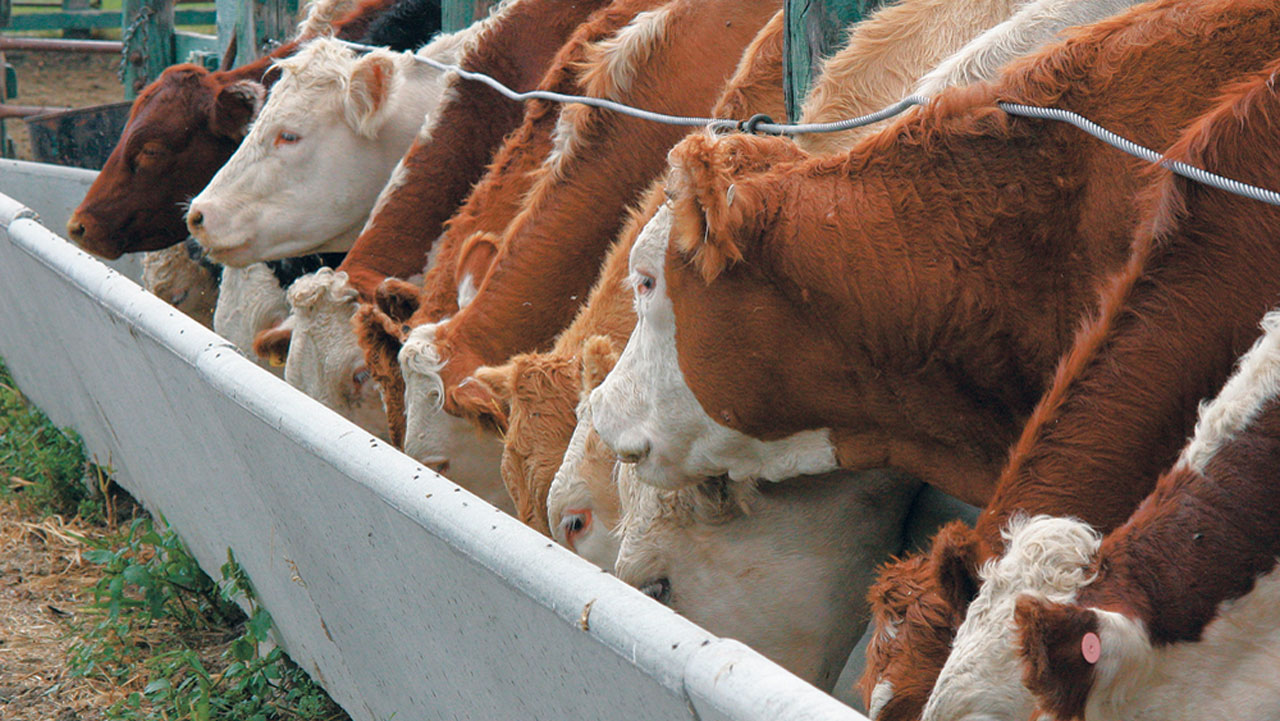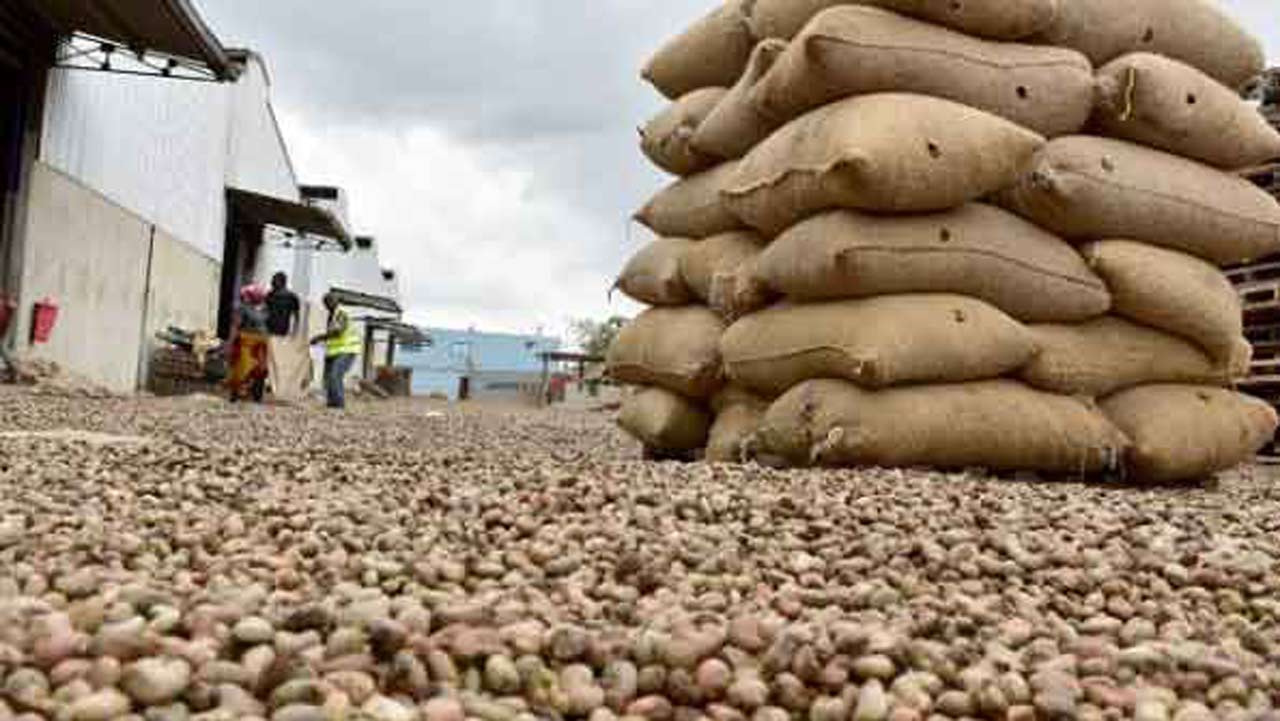
cassava, described as the ‘golden crop of Africa,’ plays a significant role in the move towards food security and hunger eradication. However, productivity per hectare remains low due to poor awareness about modern farming practices. FEMI IBIROGBA presents step-by-step cassava planting techniques to enhance maximum productivity.
The emerging value chain development of cassava in Nigeria has brought the crop to the limelight as one of the most industrialised and widely consumed tropical crops.The root crop is processed into food such as garri, lafun and fufu as staples directly consumed at homes and restaurants, while it is also used in industrial production of high quality flour, starch, ethanol and animal feeds.
The average yield per hectare of land in Nigeria is, however, very low compared with countries like Thailand. While Nigeria’s yield per hectare ranges between 10 and 15 metric tonnes per hectare, Thailand records average of 40 tonnes per hectare.Associate Professor Uthai Kanto, Animal Nutritionist and Agriculturist, Thailand, said though Thailand gets an average of 40 tonnes per hectare, it has the potential to reach 200 metric tonnes per hectare, with adequate water and minerals.
“That is the maximum we can get now. That tells you the plant has high potential yield per hectare,” Kanto had said.How then can Nigeria intensify productivity with the same space and higher yield per hectare? Experts elaborate on good farming practices that would dramatically shift the paradigm from low to high yield of the crop.
Quality planting materials
PROFESSOR Kolawole Adebayo, Director of Cassava: Adding Value for Africa (C:AVA) II Project, said farmers should select planting materials that are neither too young nor too old, and that are not dry.Mr David Ogunleti of the Federal College of Agriculture, Ibadan, also emphasized improved varieties of cassava, which he said are available at the International Institute of Tropical Agriculture (IITA) or National Root Crops Research Institute, Umudike.The variety depends on what the farmer wants. If it is for garri, they have it, and if it is for starch, ethanol or cassava flour, they have the varieties. He added that Vitamin-A fortified varieties are also available to farmers who want to cultivate for personal processing into various forms of food, saying these are high yielding and short period varieties.
Mechanisation of farming
PROF. Adebayo advised that land should be prepared very well through plowing, ridging and harrowing. These would break the soil and would make a great difference. He emphasized that cassava roots become bigger in loose and fertile soil.Country Manager, African Agricultural Technology Foundation (AATF), Mr Ayodele David, while advising cassava farmers, said mechanisation of cassava farming is inevitable if a farmer wants to get optimum yield at a reduced cost.
“Mechanisation includes the use of standard tractors, plough, harrow, cassava planter (it may be two rolls or four rolls), boom sprayer, cassava cultivator and harvester.” Basically, he said, farmers would need to plough and harrow, adding that ridging is not important because complete mechanisation requires harrowed farmland so that cassava planter and harvester could be used.
Enumerating advantages of mechanisation, Ayodele said it takes 45 minutes to plant one hectare mechanically; it reduces labour and farmers’ production cost will reduce. He also harped on selection of good and well drained soil, good variety stems and that farmers should assure the planting formation is right.He recommended 0.8m x 1m spacing, that is, 80cm along the roll and inter-roll spacing should be one metre.
Plant population
THE AATF boss said farmers should be ready to use a minimum of 70 bundles of cassava stems per hectare. “With this, you should use cassava planter, and you are sure of getting a minimum of 28 tonnes per hectare if you plant by 0.8m x 1m spacing, with good management.”
The C:AVA boss also believes that optimum plant population is necessary and he recommends 12,500 plants per hectare, with the spacing of 1mx80cm. After this, the focus of farmers should be to maintain 10,000 plants by the time of harvest. Everything should be done to protect the plant population.
Crop protection methods
GIVING more suggestions on maximising cassava yield, Prof. Adebayo said because there could always be fire outbreaks, farmers should prepare against such.He added that the crop could be planted any time of the year, but for commercial farmers, they should plant four times in a year, starting from April to October.He asserted that good cassava farming for maximum yield is a knowledge driven activity and it requires attention, adding that people should not make the mistake of planting cassava only to come back for harvest at the end of one year.Ogunleti supports Adebayo on crop protection against pests, saying, “Apart from weeding, pest control is very essential. Once insects are detected, we spray them with insecticides.”
Weed management
PROFESSOR Adebayo said weed management means preventing weeds from overrunning the farm. It means not only weeding but also using plant population to form a canopy to prevent weed infestation, as well as applying correct and adequate herbicides.Ayodele said prompt and efficient use of pre-emergence herbicides is the best. Before planting, the seed must first be sprayed with glyphosate. “After that, we plough, then leave for sometimes, then harrow. The right concentration must be used, mixing ratio must be done properly, and at the time of spraying, there must be low sunshine,” he said. Therefore, farmers are advised not to spray when there is high sunshine so as to reduce evaporation.IITA in Ibadan has also done a lot of research on weed management, and has improvised a mechanical weeding device available to farmers to experiment with, apart from chemicals.
Application of fertiliser
AATF advocates that farmers should use a minimum of four bags of fertiliser per hectare, saying that with experience on the field, it had got an increase of 200 per cent in yield. “We have got over 35% tonnes in Ogun State and 34 tonnes in Osun State,” he said, taking the yield closer to Thailand’s.However, the C:AVA boss says the choice of soil also matters. Though cassava grows anywhere, when the soil is rich, it will help in getting better yield, with minimal fertiliser or manure application.
“With my experience, fertiliser is not the main factor in yield. The biggest determinant of yield is the number of plants standing at the time of harvest; it should not be fewer than 10,000 stands. Where the soil is good, apply fertiliser lightly,” Adebayo said.On the alternative to fertiliser, Ogunleti of the FCA Ibadan suggested the use of manure, describing it as “good and cheaper, but cassava will always do well in any type of soil with average fertility. If fertiliser is used or not, it will do well.”He added that eight bags of fertiliser should be used after about six weeks of planting or latest by three months after planting, before the rain season stops.
Marketing and market value
SELLING cassava roots is easier now that the value chain is being developed. Food, flour, starch and ethanol producers are on the lookout for quality cassava roots. As far as Nigeria is concerned, AATF said, there is shortage of cassava production. A company in Ogun State, Atlantic Distilleries Company, requires 300 tonnes per day and the company buys one tonne at N22,000.
Ogunleti, however, said price of raw cassava roots would always depend on the area, saying, “We have processing companies. They buy in tonnes while local market buys in baskets. Harvesting at the proper time is very important.”The period between planting and harvesting depends on varieties, but nine months after planting, some varieties will be ready for harvest and sale. “Farmers must harvest earlier to prevent rodent and pest attack,” Ogunleti added.
[ad unit=2]






